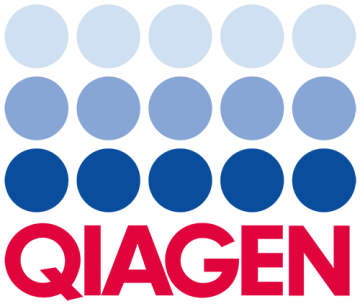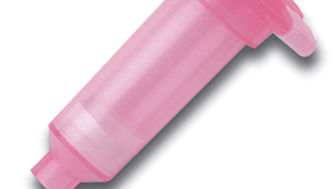

Suitable biomarkers are key to improving cancer screening, diagnosis and monitoring. Which biomarker will prove to be the best?
The discovery of RNA biomarkers and their development toward clinical use is challenging. Those challenges we must overcome, because the ultimate goals of better screening, prognosis and support for people who get cancer are what matters. Working together, we can ease your path to cancer biomarker discoveries and get relevant results.
Our portfolio of Sample to Insight workflows for cancer miRNA, cancer gene expression, transcriptome or functionality studies is comprehensive. Here, we give insights into each step of the most common workflows and make it easier to find the information and products you need. From formalin-fixed, paraffin-embedded (FFPE) and liquid biopsy samples to RNA-seq and discovering new cancer pathways, we provide you with proven solutions to increase your efficiency and accelerate your RNA biomarker research. We share a common goal. Let’s work to conquer cancer. Together.
Sample preparation
RNA stabilization and isolation
If you are isolating RNA from liquid biopsy or FFPE samples, you will know that there are many challenges. Storage conditions, pretreatment and the fragile nature of RNA mean that we have to plan and prepare to get the best possible results. We have put some useful resources together to help you get started or take a deeper dive into the details that make all the difference to your sample preparation when working with RNA biomarkers.
Guides and posters
Quality control
Guides and posters
Next-generation sequencing
RNA and miRNA sequencing
Next-generation sequencing (NGS) is a powerful technique in RNA biomarker discovery and characterization, but it can be complicated and challenging to set up in your lab. If you have a high throughput of samples, we can help you. We are working to make NGS as easy as possible – our aim is for NGS to be as easy as PCR, thereby democratizing NGS and supporting smaller cancer research labs in getting started to ensure great results. Whether you are analyzing gene expression or fusion genes, with any number of samples, we will accelerate your RNA biomarker discovery with NGS solutions.
RNA-seq data analysis
Now that you have successfully profiled gene expression using NGS as part of your biomarker discovery project, how should you best analyze the raw data to move forward? One way is to use an online data analysis tool
Digital PCR
miRNA profiling
MicroRNAs (miRNAs) are extensively involved in cancer progression and suppression by regulating thousands of cancer-associated genes and circulating cell-free miRNAs have recently opened new opportunities for a non-invasive test for early cancer detection.
However, miRNA quantification in serum or plasma still lacks consistency and standardization. Turn to digital PCR if you want to overcome analytical difficulties with miRNA quantification. Digital PCR (dPCR) offers absolute quantification without the need for standard curves, with higher precision compared to qPCR. This is particularly important when detecting low-abundance miRNAs compared to qPCR. By accurately measuring circulating miRNA levels, dPCR is a valuable tool on your path to biomarker discovery for cancer detection.
Gene expression analysis
Changes in gene expression are an invaluable indicator that has greatly expanded our understanding of many biological functions. With dPCR, you can take this approach to the next level and overcome previous limitations. For example, what is the significance of low abundant targets or very small expression differences of 2-fold or less? You can now find out using dPCR.
The dPCR method provides more precise and reproducible data than qPCR due to its endpoint measurement and absolute quantification without the need for standard curves. This has major implications, especially when quantifying very low abundant targets that have either been diluted due to the high content of inhibitors and contaminants in the sample or have very low levels of expression.
Data analysis
QIAGEN Digital Insights has powerful bioinformatics tools to help you understand the biological meaning hidden within your gene expression data. With QIAGEN OmicSoft, compare gene expression patterns and visually find genes that are down- or up-regulated to identify potential biomarkers. Use QIAGEN OmicSoft, web-based Land Explorer to access hundreds of thousands of curated datasets to examine a target’s expression or mutation status across hundreds of disease categories.
QIAGEN Ingenuity Pathway Analysis (IPA) helps you understand the cause and effect of gene expression changes and identify potential targets for further exploration. Predict which upstream regulators are responsible and whether they are activated or inhibited. Visualize downstream effects to identify which genes are likely to cause an increase or decrease in downstream biological processes.

















